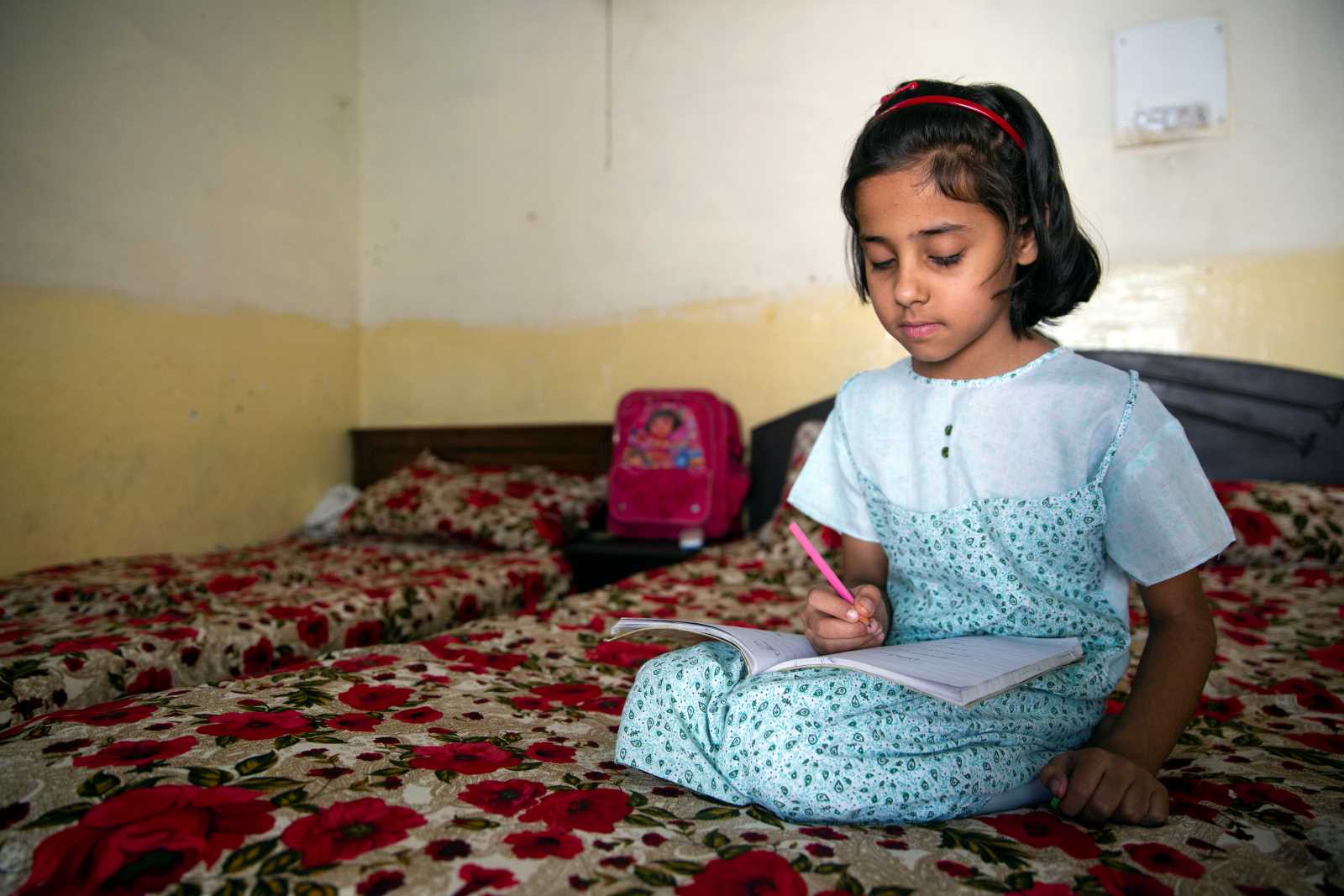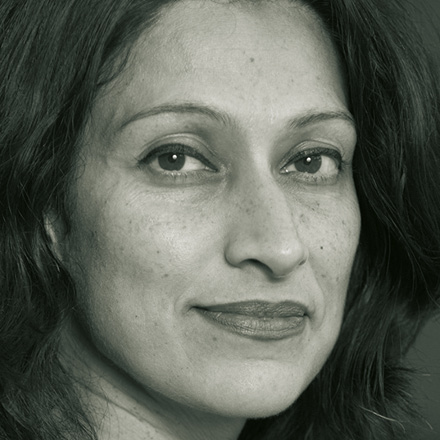School quality
Nepal’s deep educational divides

It is six 6 o’clock in the morning in Daduwa, a remote village in Ramechhap district, and ten-year-old Laxman is hard at work. Every morning before leaving for school, which is an hour’s walk from his home, Laxman milks the cows, collects feed for the animals and gathers firewood for his family.
Laxman is a member of the poor and marginalised Thami community. Thami men usually work in stone quarries and brick kilns, while women tend to the farms and households. Children routinely share the work. This is true in most of rural Nepal, where children as young as five do household chores, look after younger siblings and cook – all before starting their journey to school.
These conditions affect school attendance and educational attainment. About one third of Nepal’s overall population is illiterate, but the rates are higher in rural areas and among older residents. The 2019 UN Human Development Index ranked Nepal 142nd out of 189 countries in health, education and standard of living.
On the upside, Nepal’s total school attendance and literacy have improved considerably in recent decades. According to a 2014 report published by the Borgen Project, a non-profit organisation addressing poverty, primary school attendance grew from 400,000 to 3.9 million in the years 1971 to 2001, and secondary school attendance grew from 120,000 to 1.5 million. The literacy rate improved from 23 % in 1981 to 54 % in 2001.
The positive overall trends hide large educational divides within the population. The chasms are found between children from rural versus urban areas, those attending state-run versus private schools, and those from lower versus higher castes.
Countryside versus city
Conditions in Nepal’s rural schools are dire. According to the Borgen Project, studies show that hardly any learning occurs in state-run schools in those areas. Schools, moreover, do little testing and offer no help to students who are struggling.
The disparity between urban and rural schools was laid bare in the aftermath of Nepal’s 2015 earthquakes, which killed nearly 9,000 people and injured more than 22,000. The earthquakes destroyed over 35,000 classrooms, leaving 1 million children without schools.
In response, the government built temporary learning centres – provisional classrooms made of corrugated metal with some wooden supports – for use while school buildings were repaired or rebuilt. The temporary quarters were dark, susceptible to leaks during rainstorms, and either too hot or too cold. Learning in them was nearly impossible.
Most urban schools have since been rebuilt. But many rural schools are still waiting for support and continue to use the temporary structures. In addition, rural schools suffer from poor equipment, low teacher-student ratios, insufficient awareness among parents and community leaders about conditions in the schools, lack of expertise on the part of publicly appointed school overseers and poor general accountability and monitoring.
Public versus private schools
A similar chasm exists in the quality of education at public versus private schools. Public schools have poor facilities compared to their private counterparts. The number of fully qualified teachers at state-run schools remains too low. The difference in educational quality between public and private schools is clear in the vastly different performance of their students on national School Leaving Certificate examinations.
Dropout rates are also higher at state-run schools. Although these schools receive state funding, they often rely on families for additional support. Parents are typically required to pay for books and study materials, school uniforms and admission and examination fees. This causes many impoverished rural parents to take their children out of school – or to encourage them to drop out voluntarily and find jobs instead.
Caste, ethnic and gender divisions
Nepal’s ethnic divisions are also reflected in its schools, with disadvantaged groups receiving only poor services. The country is splintered into a large number of ethnic groups, each with its own culture and language. It is also stratified by class and caste.
Nepal has a high degree of political instability and fragmentation, according to a 2018 report published by World Education Services (WES), a non-profit group providing credentials evaluation for international students. “Nepali society is still largely agricultural and highly stratified, with upper-caste Hindu elites dominating a multicultural society that includes 125 ethnic groups/castes speaking 123 languages,” the report stated. “Only 45 % of the population speaks Nepali, the national language of Nepal, as their first language.”
Anyone who wants to solve Nepal’s educational problems, must take this broader sociological picture into account. Inferior schooling for rural and lower-caste pupils and those attending public schools is likely to deepen inequalities and perpetuate them.
A further challenge is the gender gap. In Nepal’s education system, girls are less likely to go to schools than boys, and young women have less access to professional training and higher learning than young men do. This, too, is likely to have long-term impacts on the economy and society.
The Covid-19 pandemic is making the challenges ever more daunting. Economic pressures are making ever more children drop out of school. The poorer parents are, after all, the stronger the need will be to make even young kids contribute to the family livelihood (see box).
What Childaid is doing
Non-governmental organisations such as the Germany-based Childaid Network Foundation are trying to close Nepal’s educational gaps. Childaid has been active in Ramechhap district in east-central Nepal since 2012. After the 2015 earthquakes, the agency supported the reconstruction of schools in the affected areas.
Childaid’s current focus is on training teachers and administrators. Moreover, we are building capacities among members of school-oversight bodies. We also provide study materials to students. In Childaid-sponsored programmes, teachers of very young children are taught how playful learning approaches work. Moreover, they are informed about using locally available materials as learning aids. Primary-school teachers are trained in managing classrooms and in child-friendly teaching methods.
At the same time, teachers are made aware of gaps in the education system – and what they should do to bridge them. Teachers can, for example, boost awareness among parents and community leaders of how important education is. They can also help to motivate parents to be more involved in their children’s lives at school. The idea is to offer every child a good education – regardless of ethnicity, caste, gender and geographic location.
Links
Dilas, D. B., et al., 2018: Education in Nepal. In: World Education News & Reviews, World Education Services.
https://wenr.wes.org/wp-content/uploads/2018/04/Apr18_TrinesCP-1.png
Moore, C., 2014: Seven facts about education in Nepal. In: The Borgen Project.
https://borgenproject.org/facts-about-education-in-nepal/
Abishek Thapa is a project coordinator in Nepal for Childaid Network Foundation, a charity based in Germany.
abishek.thapa@childaid.net
https://www.childaid.net/













